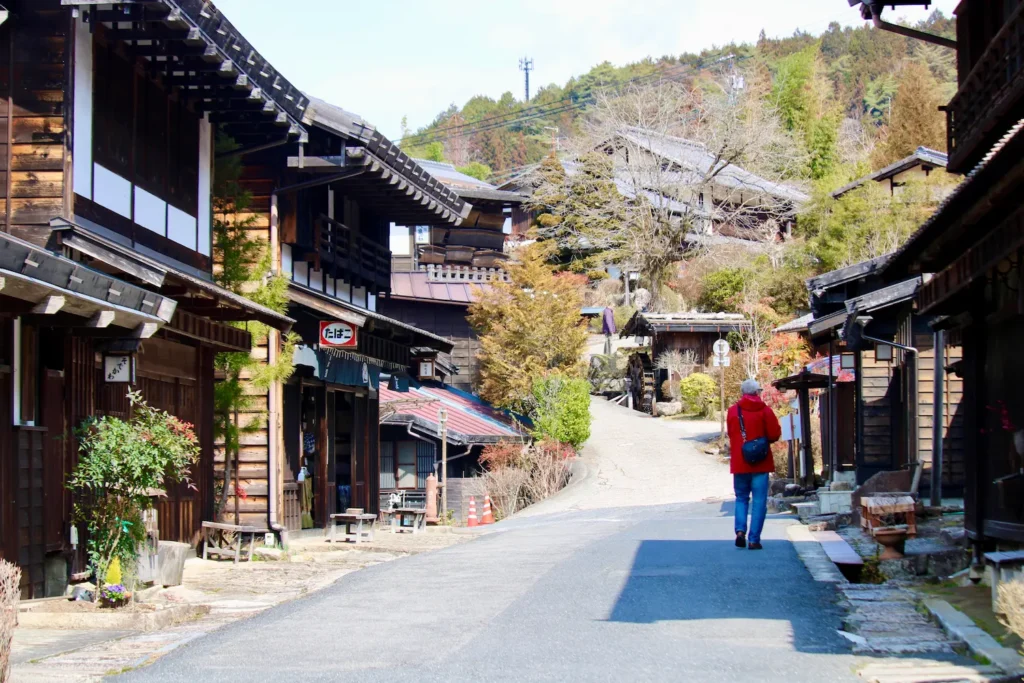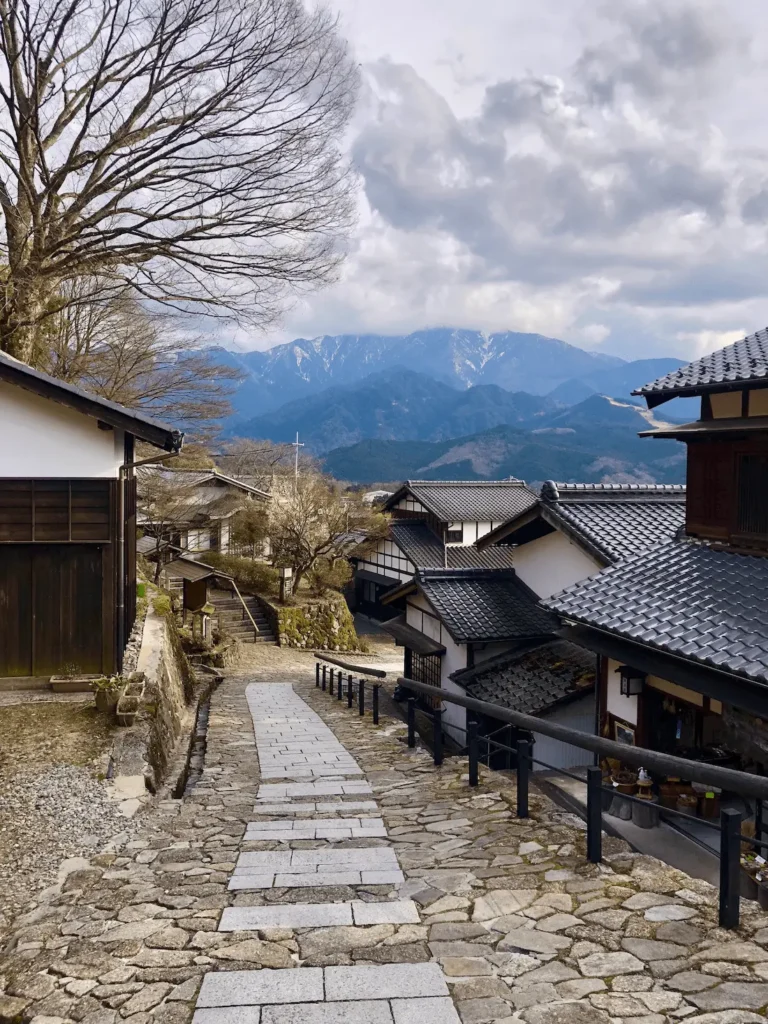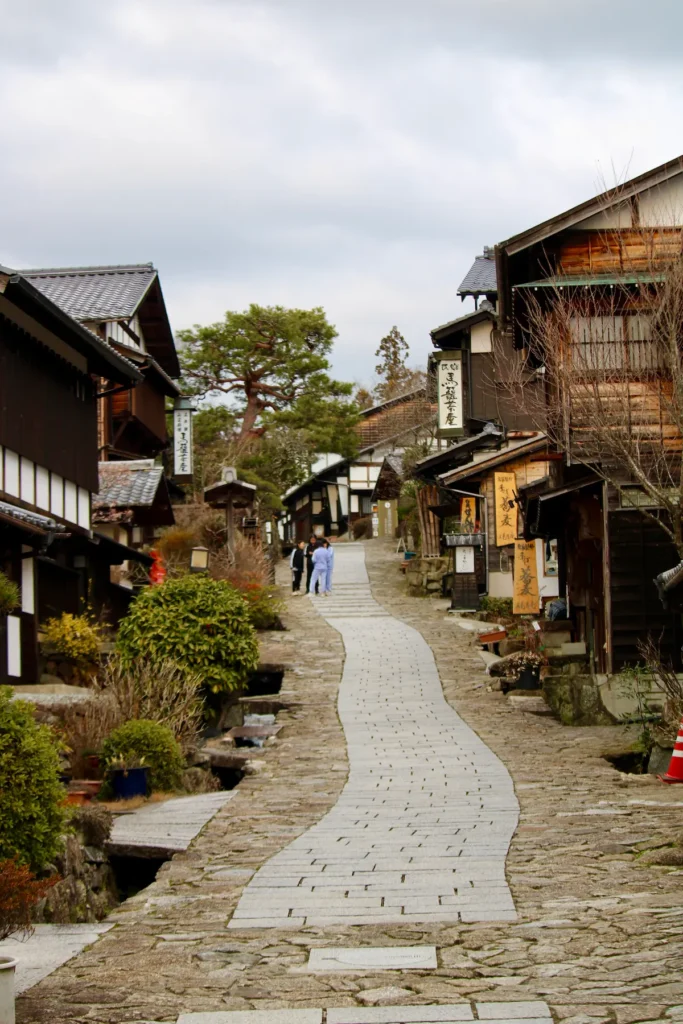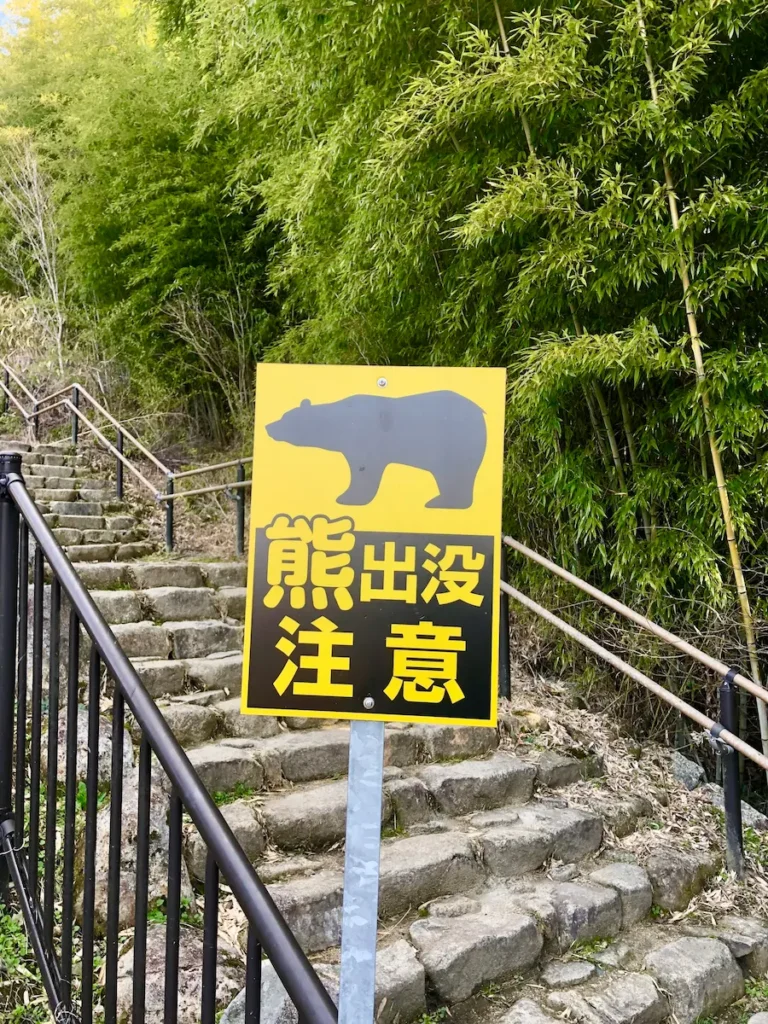
The Nakasendō Route (中山道), which literally means “road through the mountains,” was one of the five major highways of the Edo period (1603–1868), connecting Edo (modern-day Tokyo) with Kyoto. Unlike other routes that followed the coastline, such as the Tōkaidō, the Nakasendō cut through the mountainous interior of the country, stretching over 500 kilometers and passing through 69 post towns, where travelers could rest, eat, and spend the night.
This route was used by samurai, merchants, pilgrims, and even daimyō (feudal lords) as part of the sankin-kōtai system, which required them to travel with their entourages to Edo as a show of loyalty to the shogunate. Today, walking the Nakasendō is a unique way to connect with that past—through villages, forests, and stone-paved paths that have stood the test of time.
Which sections can be walked?
Although the full route is no longer completely preserved, there are several sections that still offer the experience of walking through old Japan. The most important ones are:
- Magome – Tsumago: The most famous and best-preserved section, which we’ll discuss in more detail later. The trail is well maintained and there are plenty of services along the way.
- Prefecture: Gifu and Nagano
- Length: 8 kilometres
- Approximate duration: 3 hours
- Narai-juku – Yabuhara-juku: This section, somewhat more demanding than the previous one, crosses the Torii-tōge, one of the highest points along the entire Nakasendo, at about 1,200 meters above sea level.
- Prefecture: Nagano
- Length: 6 kilometres
- Approximate duration: 3 hours
- Sekigahara – Tarui-juku: Sekigahara was the site of the Battle of Sekigahara (1600), which marked the end of the civil war era and the beginning of the Tokugawa shogunate, a very significant moment in Japanese history. The landscape along this route is more open, passing through plains and farmland.
- Prefecture: Gifu
- Length: 2 kilometres
- Approximate duration: 2 hours
From Magome to Tsumago

This section crosses hills, cedar and bamboo forests, and small villages where you can still appreciate the atmosphere of feudal Japan. It takes about 2.5 to 4 hours to walk, depending on your pace, and although there are some ups and downs, it is suitable for almost anyone with average fitness. The trail is well marked in both Japanese and English, making it easy to follow without a guide. Along the way, there are public restrooms, water fountains, vending machines, and traditional tea houses, as well as shops and restaurants at the start and end of the route.
Magome is a mountain village rebuilt with cobblestone streets, wooden houses, and spectacular views of the Alps. From there, the trail gently ascends through rice fields, streams, and small waterfalls. Along the way, you can see bells hung to scare away bears, which today are more of a curiosity than a necessity. Upon arriving in Tsumago, one of the most authentic villages of historic Japan, visitors are greeted by a completely traditional atmosphere. In either location, you can stay overnight in ryokan accommodations, as well as visit museums and old inns.


At Asiahop, we recommend starting the route from Magome because, although you begin with an uphill walk for a couple of kilometers, more than half of the trail is a comfortable downhill stretch toward Tsumago. There are several ways to access this route, but perhaps the easiest is from the Kansai region (taking a train from Nagoya to Nakatsugawa and then a bus to Magome). Although it’s the most popular section of the Nakasendo, it’s still a relatively uncrowded experience that allows you to enjoy traditional Japan surrounded by breathtaking natural scenery.
Would you like to travel to the Japanese Alps and enjoy a different kind of experience by walking historic trails like the Nakasendo? Contact us and we will design the perfect experience for an unforgettable trip.